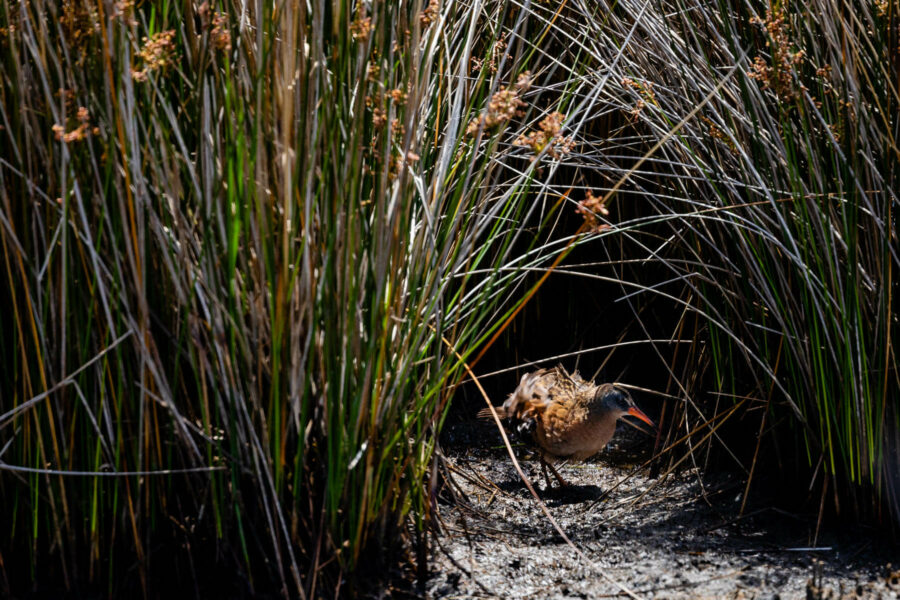An Eastern Shore wetland is a hotspot for birds

The Delmarva Peninsula is a special place for birds, with its open farm fields attracting huge flocks of winter waterfowl and expansive marshes supporting a variety of wildlife both with and without feathers. In a region with many opportunities for bird watchers and outdoor enthusiasts, one spot with particular abundance is Deal Island Wildlife Management Area (WMA).
Deal Island WMA holds an impressive 13,000 acres of mostly salt marsh lying adjacent to the equally scenic Monie Bay, part of the Chesapeake Bay National Estuarine Research Reserve in Somerset County, Maryland. The Monie Bay Water Trail spans both properties, offering public access for paddlers. The WMA is open to anyone from hikers to hunters, and according to the Maryland Ornithological Society, over 220 species of birds have been observed there.
Deal Island WMA can be overshadowed by Blackwater National Wildlife Refuge, which is twice its size and a shorter trip for Eastern Shore visitors crossing the Bay Bridge. But a drive through Deal Island WMA rivals Blackwater’s famous Wildlife Drive in terms of species—without the small fee charged at the refuge.
Amid the black needlerush on an afternoon in May, black duck chicks followed close behind their mother, snowy egrets hunted frantically in the shallows and seaside sparrows clutched cattails, their calls competing with those of the red-winged blackbirds. Multiple types of herons and shorebirds could be seen from the gravel road that is open to visitors. It’s a welcoming habitat for birds and birders alike.

Comments
There are no comments.
Thank you!
Your comment has been received. Before it can be published, the comment will be reviewed by our team to ensure it adheres with our rules of engagement.
Back to recent stories